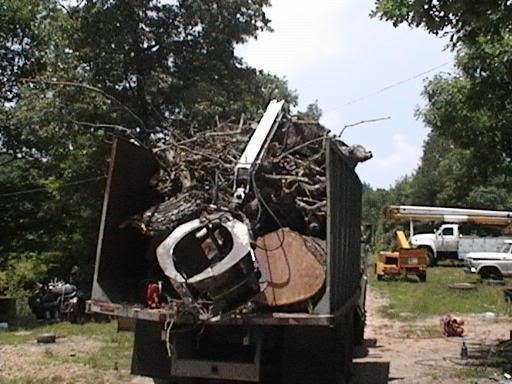I have to ask PA Plumber this question. The long 42"+ dia. log as shown in the first two Pics had to be rolled somehow before you could buck the logs into separate pieces as shown in the last Pic. Otherwise, the chain hits the ground as you saw and it is ruined (or dulled immediately). If the long log was not rolled, clearance still had to be obtained between the saw chain and the ground to complete the cut.
How did you accomplish this mission?
I make several cuts almost all the way through then "baby" the last inch with the chain barely moving to free up a section of 2 to 4 rounds, roll them and finish cutting them apart. A wedge driven hard into the cut will sometimes lift a log enough to finish the cut clear of the dirt. A chain is not instantantly dulled by touching the ground. A chain Looses sharpness rapidly when hitting dirt but several cuts can be made before a touch up is needed.
I also "cheat" a bit. Since I always carry at least 2 saws I will use one that already needs a touchup to finish a cut on the dirt.
Then it is a rare log that does not have clearance under it at some point in its length.
Harry K
Last edited:







